This is a repost of a blog post I wrote in 2010. I’ve since been back to Pioduran and will do a follow-up.
Pio Duran, a population of around 45,000, is a 3rd class municipality on the western coast of Albay province, Bicol region, Luzon.
Travelling to Pio Duran is usually via Albay’s capital city Legaspi. Driving from Manila to Legaspi on the national highway will take about 10 hours. Legaspi city has a very serviceable airport with frequent flights daily in and out using Cebu Pacific; Philippines Air also flies to Legaspi. Buses to Pio Duran run every hour until about 4 pm daily; the trip takes a little under 2 hours.
Temperatures are consistent year round with daytime temperature between 28C and 32C, and night time rarely falling below 24C. A high humidity means mid afternoons get quite stifling, even as the sun disappears behind the darkening mid-summer rain clouds there’s not much respite on offer.
Take the time to explore the area around Legaspi, home to the magnificent Mt Mayon, said to be a perfectly shaped volcano; at the moment it’s active and can often be growling like an angry bear, though it was a little docile kitten when I was standing beneath it.
The town of Pio Duran reflects that of many provincial towns throughout the Philippines, often under developed and reliant on natural local resources to dictate, in this case, fishing, a little agriculture and some pastoral. Though what beg my recommendation are the beautiful landscapes and fabulous foods, rich in coconut milk. This area is rich a plenty with many wonderful natural sights including natural springs, waterfalls, caves, beautiful pristine beaches and untouched marine life.
The idyllic uncovered roads around Pio Duran have more twists and turns than a month-old tube of toothpaste. Flirting around the coast, through banana and coconut groves that shadow the villages of fishermen, nipa huts and banka, traditional fishing boats scattered along the shores.
A short drive down the coast to Donsol and you can watch or swim with whale sharks (butanding).
The Philippines may not be the most well know of Asian cuisines, with its influences coming from the Spanish, Chinese and American cultures. But the Bicol region is well-known in the Philippines for producing some of the most delicious Filipino food. My favourite being Bicol express, a pork and coconut dish laden with a mass of chillies. This area is also famous for halo-halo (mix-mix), a traditional iced dessert made with layers of sweetened red beans, local fresh fruits and other delicacies, and topped with shaved ice and milk (evaporated or condensed). Laing (taro leaves) are widely used as a staple vegetable dish, cooked in coconut milk. You’ll still get your typical staple Filipino dishes such as adobo and menudo, lechon, and pansit (bato and canton).
Don’t forget to try the local street vendors selling sinapot, lugaw and pili nuts.
The grog is very cheap and very strong, a 750 ml bottle of red horse at 8% alcohol content is around 35 pesos, and a bottle of clear cut gin is around 40 pesos ($1 AUS).
I had a great time in Pio Duran and can’t wait to have a bit more time to go explore a bit more of Luzon has to offer.
With the rebuilding of the local fishing port’s rock causeway and new RORO (roll-on roll-off facilities), Pio Duran is set for major growth over the coming years to become a major gateway to the southern islands (Visayas and Mindanao) and the national highway to Manila. Local business should benefit with the extra trade bringing capital wealth, which in turn brings jobs and prosperity.
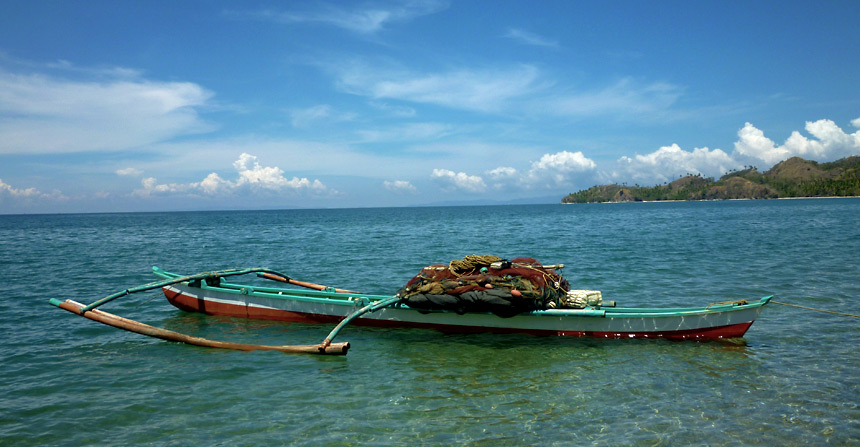
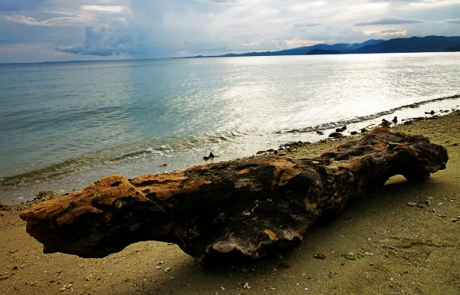
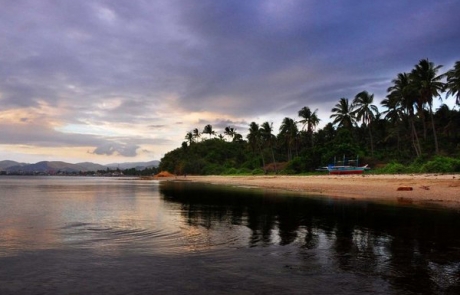
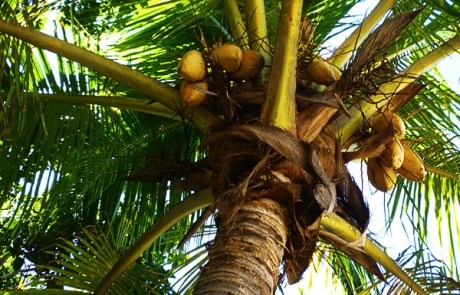
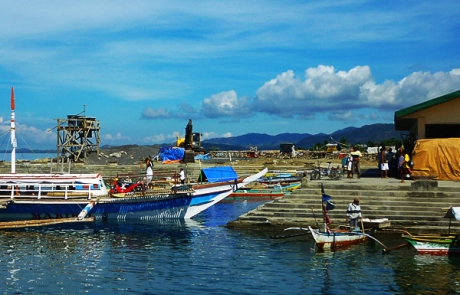
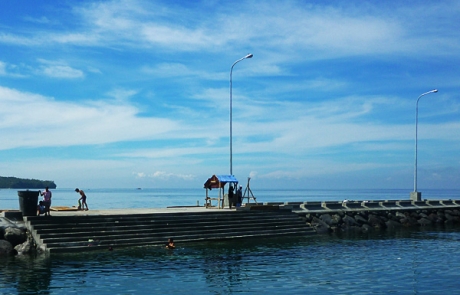
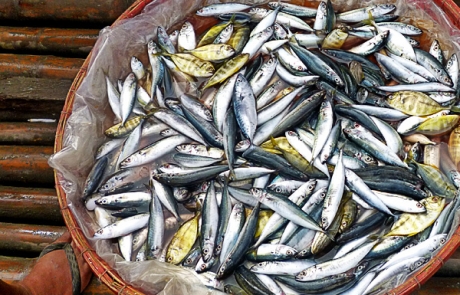
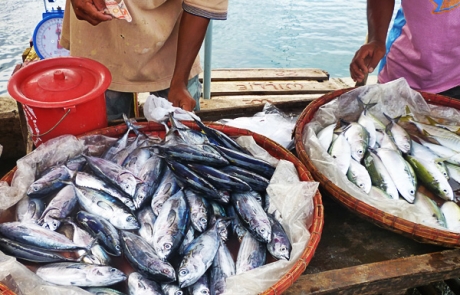
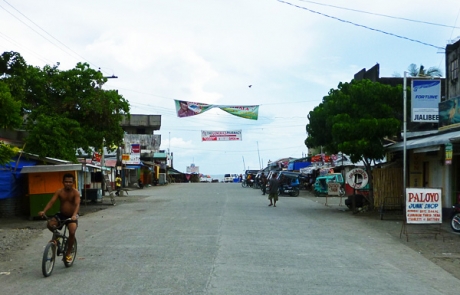
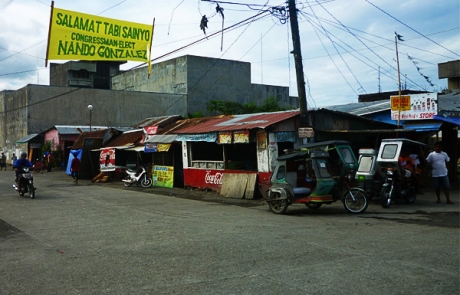
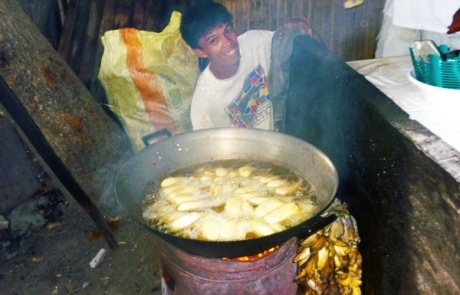
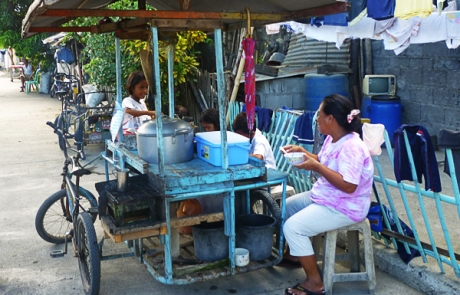
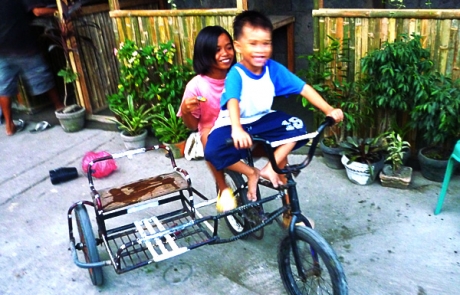
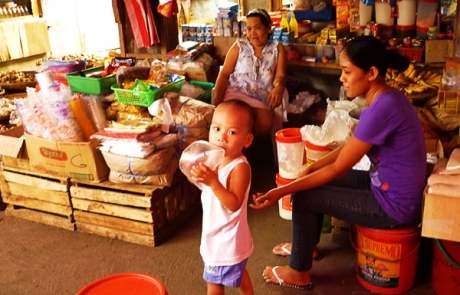
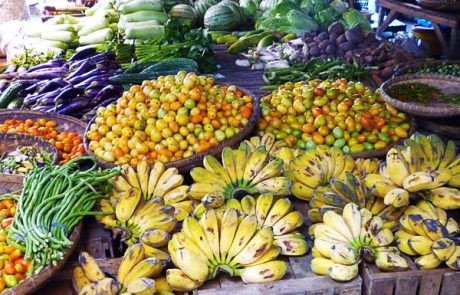
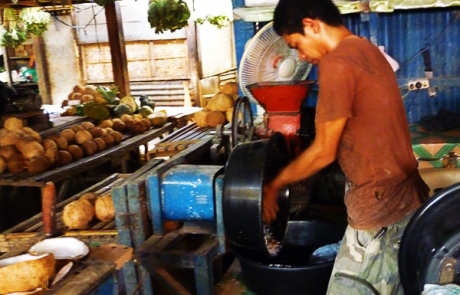
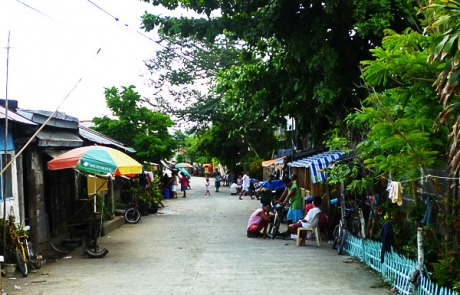
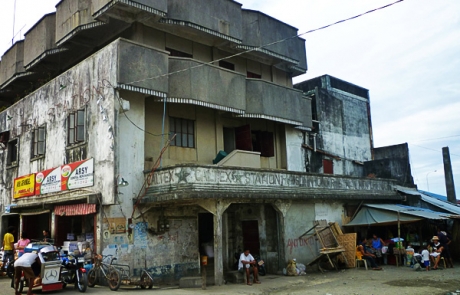
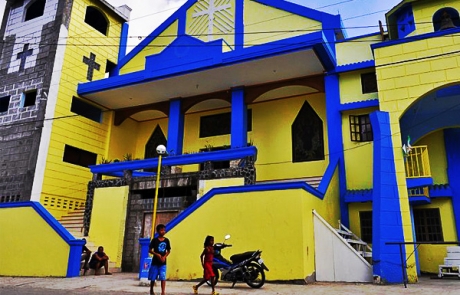
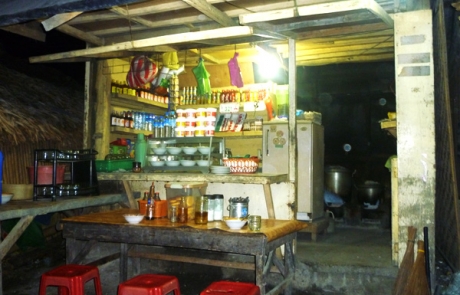
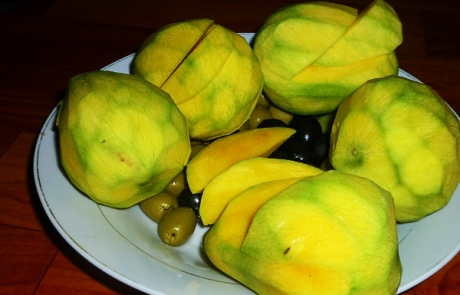
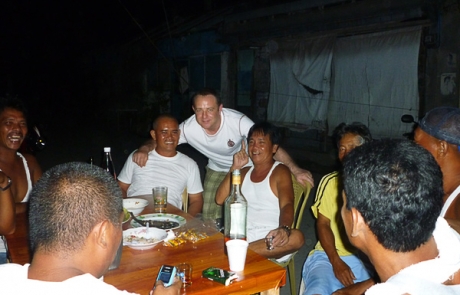
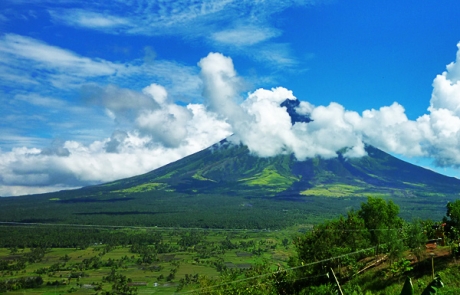
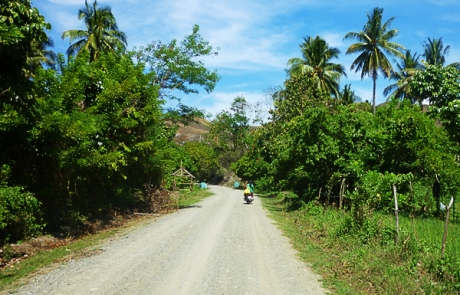
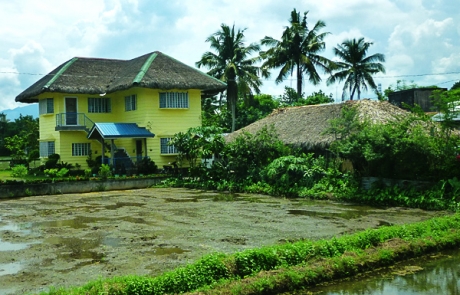
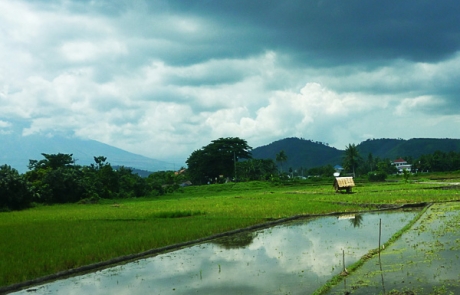
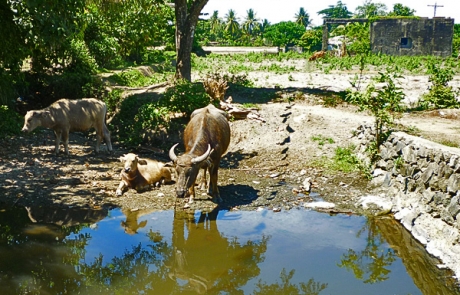
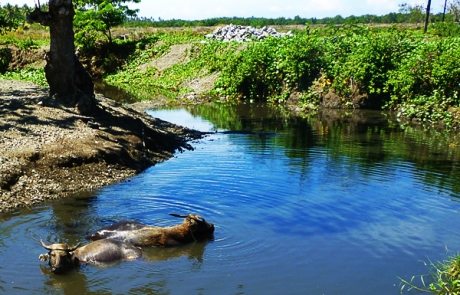
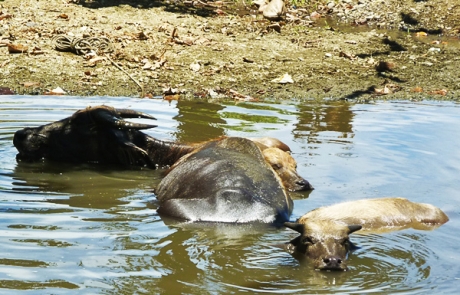
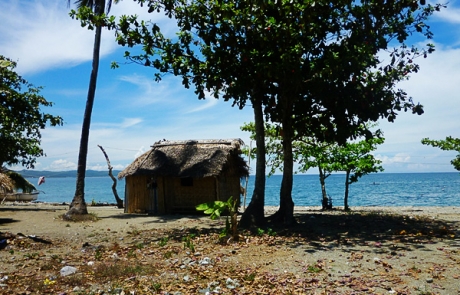
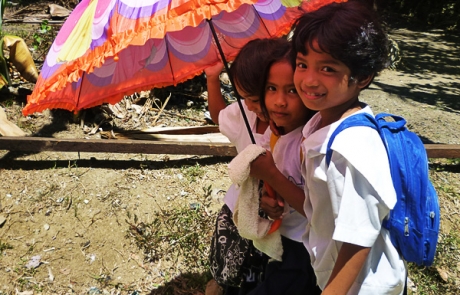
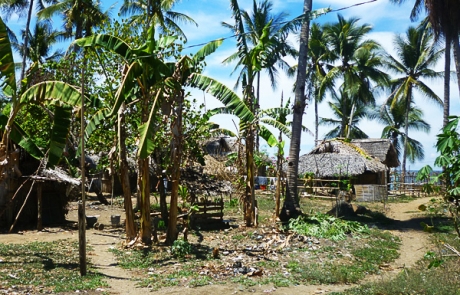
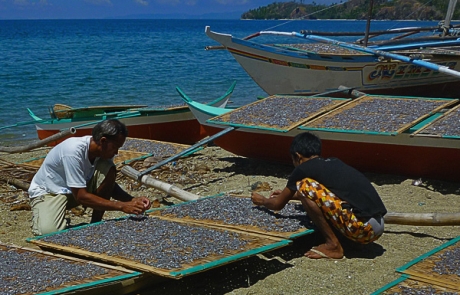
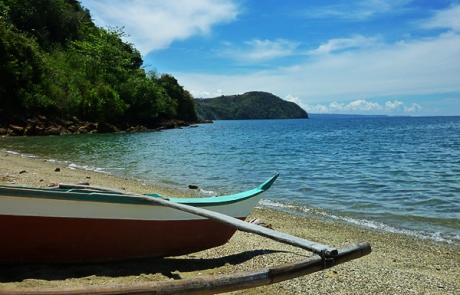
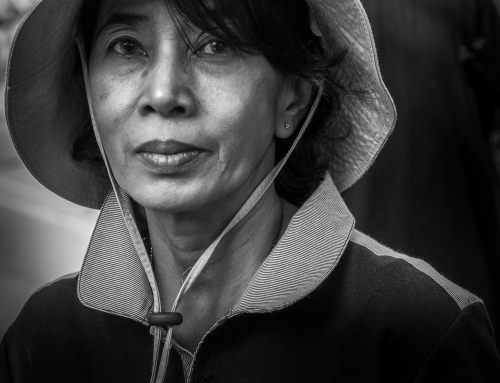
Leave A Comment